Category: Folk custom stories
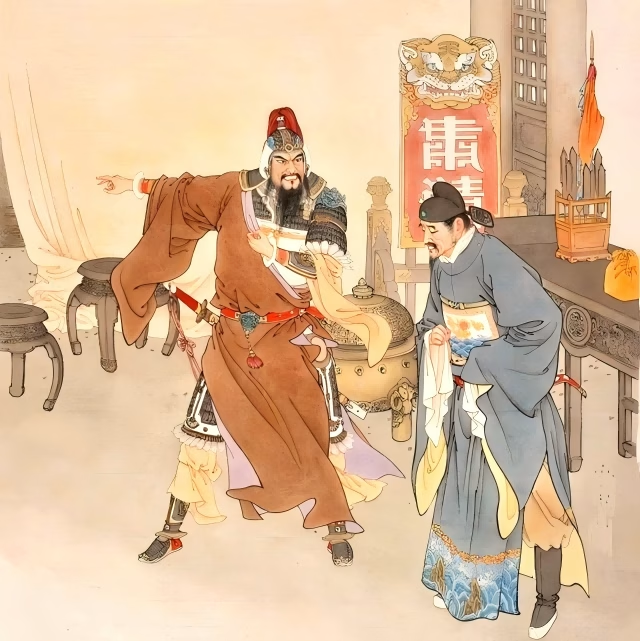
The Mystery of Zhang Xianzhong’s Sunken Silver
Zhang Xianzhong, a native of Yan’an, was literate. In 1650, the third year of the Chongzhen reign, he launched an uprising in Yan’an, Shaanxi, occupying Shibazhai Village and proclaiming himself the “Eight Great Kings.” After capturing Chengdu, Zhang Xianzhong ascended the throne and became emperor there. Two Ballads Related to Treasure Zhang Xianzhong’s reign was…
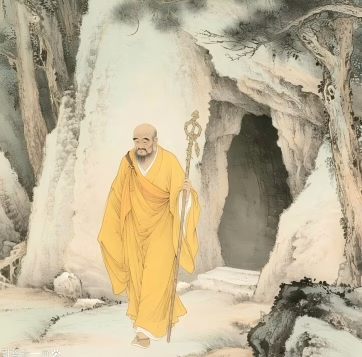
True and False Monks
During the Five Dynasties period, wars were frequent and the people suffered. Later Tang Mingzong Li Siyuan rose to power through a military rebellion, ascending the throne on the corpses of his brothers. This man, his hands stained with blood, became deeply obsessed with Buddhism upon becoming emperor. “Eminent Monks” Who Deceived the World and…
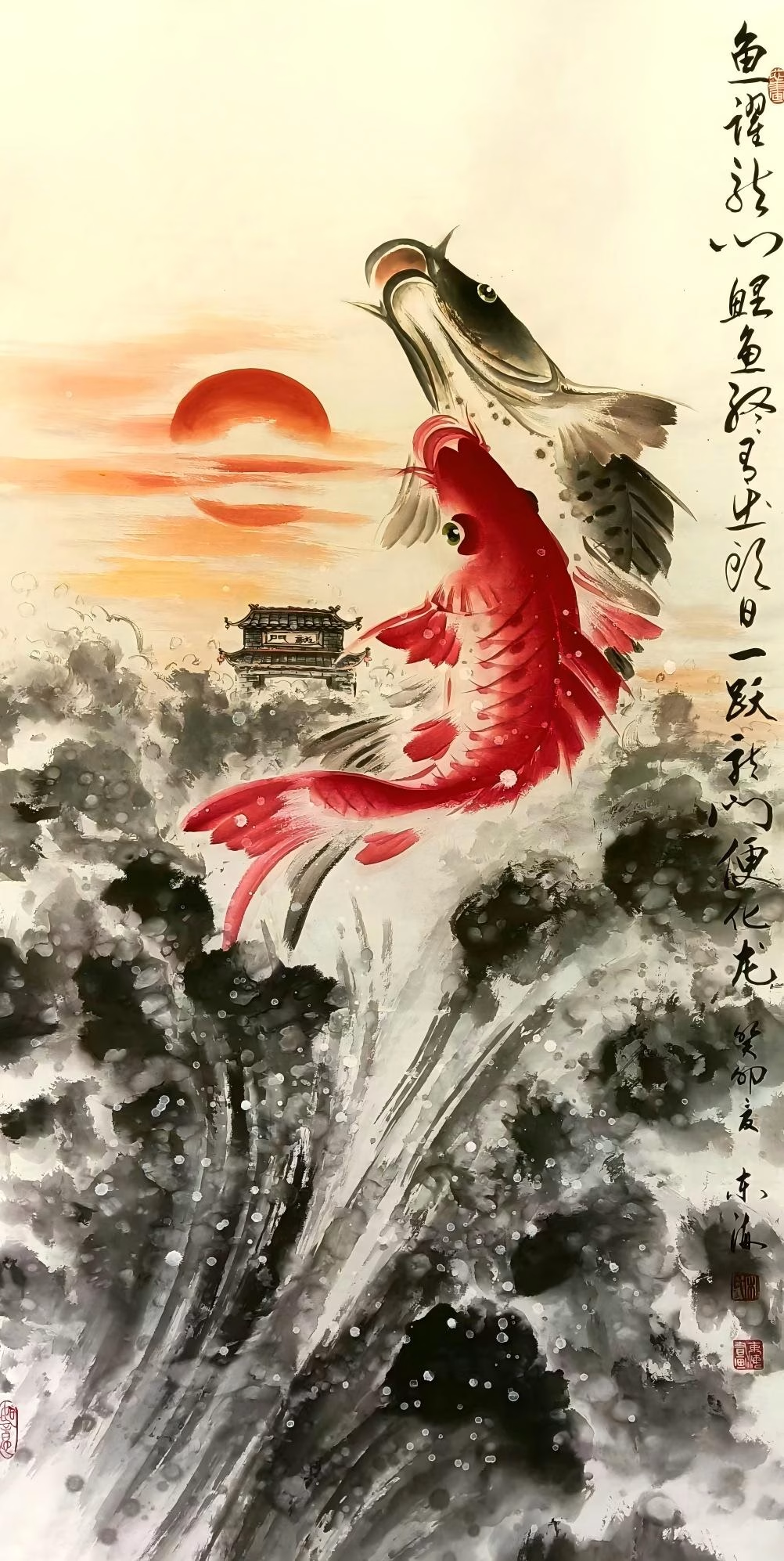
Good deeds are rewarded
There’s a saying in Buddhism: “Good deeds are rewarded, evil deeds are punished.” Common people in China hold deep faith in Buddhism, and this story recounts the adventures of a frustrated man who sought refuge with a living Buddha. A Son in Old Age During the Wanli reign of the Ming Dynasty, there lived an…
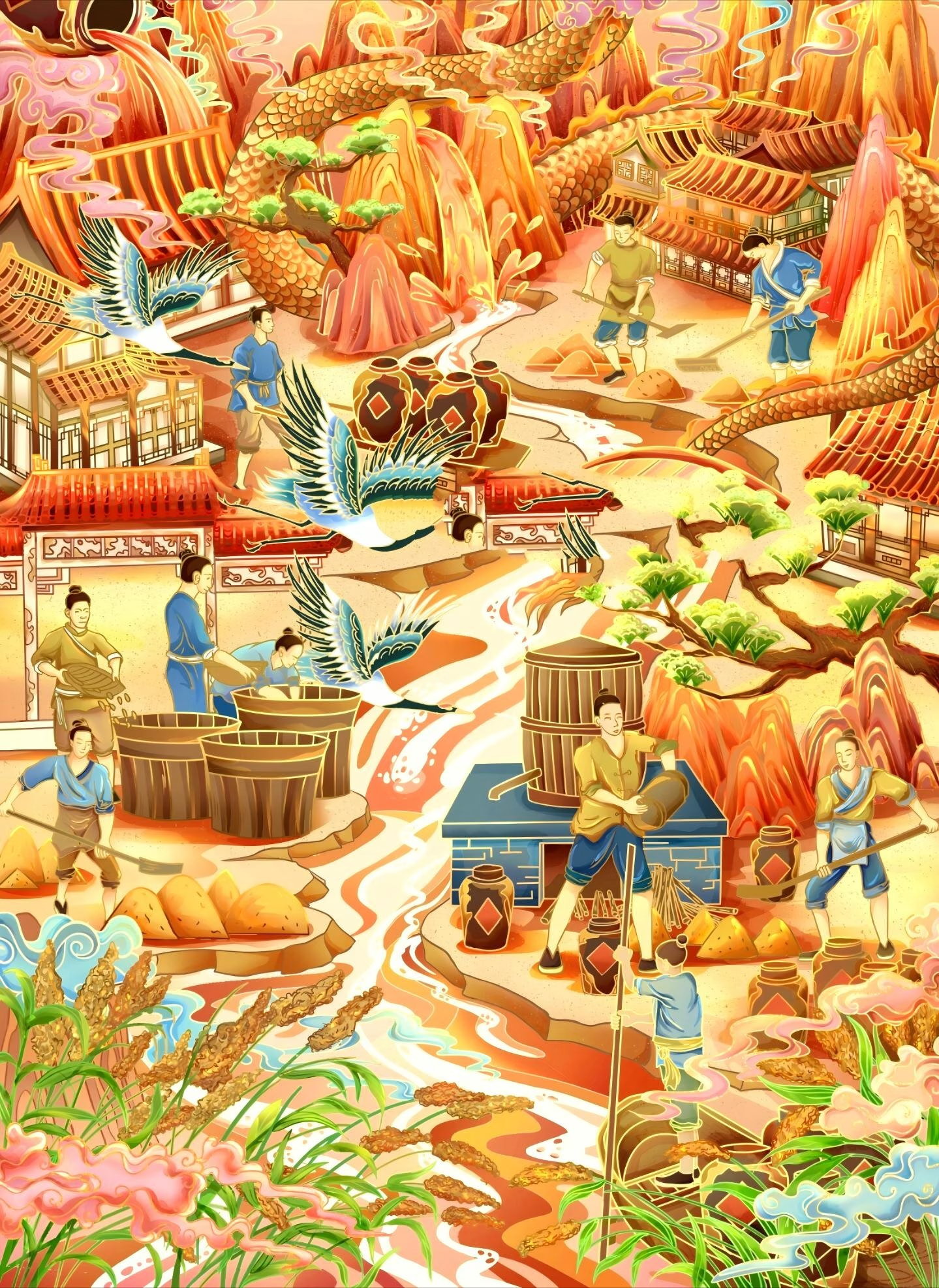
Never get drunk
People in Northeast China love to drink. Legend has it that there was a man who worked in a winery, could drink a thousand cups without getting drunk, and only drank without asking for a salary. It was said that he had a worm called a wine treasure in his stomach. During the reign of…
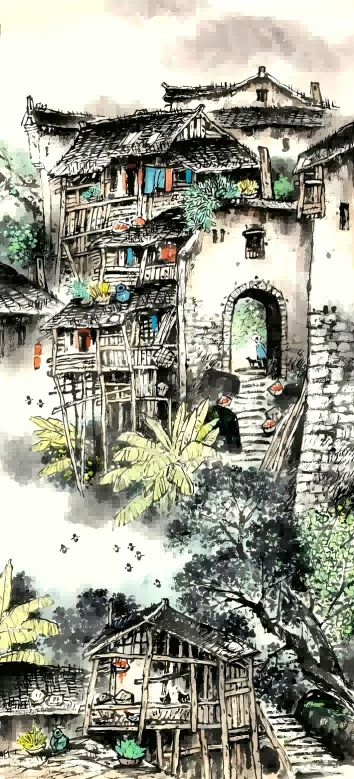
Blind Detective Solve a Murder Case
Blind people cannot see anything, but because of this, their other senses are particularly acute, especially hearing. This article tells the story of a Qing Dynasty fortune teller who, acting as a blind detective, solved a murder case. On an autumn evening in the early years of the Guangxu reign of the Qing Dynasty, two…

Ghost – Chinese version
Do you believe in predestined relationships in past lives? The story of the unending love between a human and a ghost? There’s a Chinese legend about a pair of lovers whose past life had unfinished business. In this life, Fang Sheng, who had been murdered, still had memories of his past life and had yet…
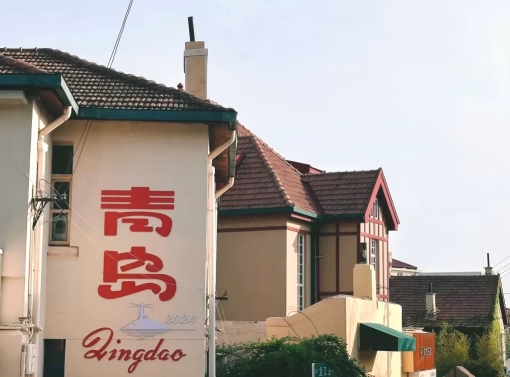
The Legend of Qingdao’s Name
Qingdao, located at the southern tip of the Shandong Peninsula, is a unique coastal city. How did Qingdao get its name? There’s a legendary story behind it. A Loving Couple Long ago, in Laoshan, Qingdao, there lived a small fishing village called Jiangjiazhuang. The man was called Yuge, and the woman, renowned for her guqin…
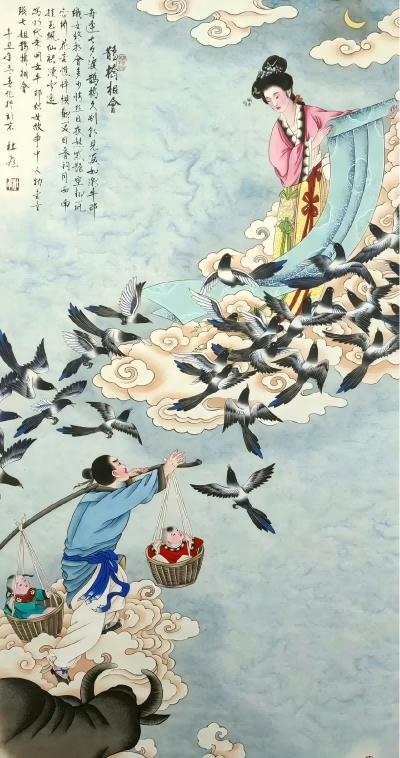
The Story of Qixi Festival
Qixi Festival is a Chinese Valentine’s Day. On this day, couples often go out together at night. Behind this story lies a touching myth: the Cowherd and the Weaver Girl. The Orphan Herding Cowherd There was an orphan named Cowherd who lived with his brother and sister-in-law. He was clever and hardworking, but his sister-in-law…

The King Who Turned Right
In ancient feudal dynasties, many emperors neglected state affairs, focusing solely on feasting, drinking, and having fun. Unless someone admonished them, they would be overthrown. This article tells the story of King Zhuang of Chu, who, after receiving advice from his concubines, turned his back on state. The Concubine’s First Admonition The Playful King The…
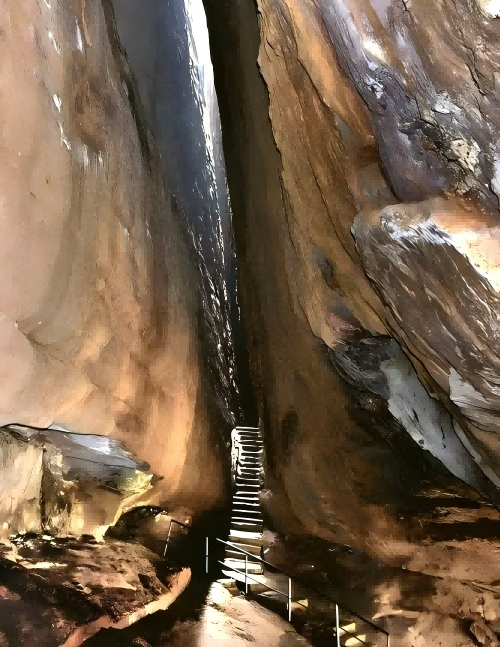
“A Line of Sky”
Many famous scenic spots in China are steeped in legends. Numerous folk tales, such as the Guangji Bridge in Teochew, are recounted in this article. This article recounts a mountain legend: “The Line of Sky.” A Talented Man and a Beautiful Woman Many years ago, there lived in Zhuji a young man named Shiwa. He…
